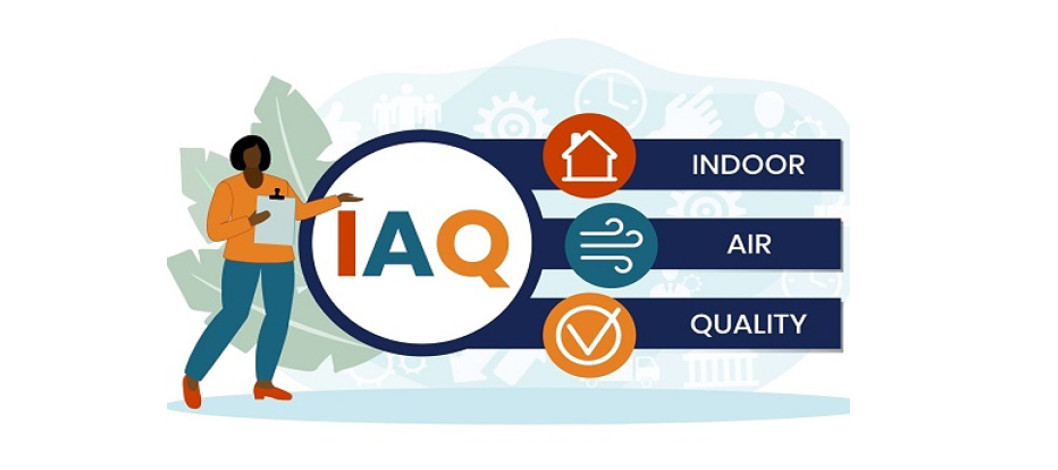
File Photo
Maintaining optimal IAQ is crucial for preserving the health and safety of individuals in educational settings, including K–12 schools and higher education institutions. Inadequate IAQ has the potential to result in respiratory illnesses, allergies, and other physical ailments, impacting concentration in the classroom and elevating absenteeism. Consequently, it is imperative for managers of educational facilities to proactively implement measures that uphold the highest IAQ standards to foster a secure and healthy learning environment.
In particular, providing clean indoor air at K–12 schools is important because young people in these age groups are developing physically and cognitively. According to Camfil USA air filtration experts, “We have long recognized the importance of proper ventilation and filtration in improving indoor air quality. This is especially crucial in schools, where millions of students spend a significant amount of their day. Unfortunately, a recent report by the Environmental Law Institute has shed light on the inadequate ventilation and filtration in many of these schools, and the unequal distribution of this burden, particularly in communities with low wealth, rural locations and students of color.” Read the full story.
Similarly, within colleges and universities, inadequate IAQ heightens the risk of health issues and diminishes productivity for students, faculty, and staff. Selecting optimal HVAC and filtration systems for higher education facilities proves challenging due to the diverse array of environments, including classrooms, gyms, dining areas, labs, libraries, hallways, offices, living spaces, and other communal areas.
The unique requirements and obstacles of each campus facility are also influenced by factors such as building type, age, and condition, necessitating consultation with qualified professionals. It is crucial to adhere to pertinent standards and regulations for IAQ management tailored to the specific context of each facility.
Facility managers and personnel at educational facilities can maintain good IAQ by identifying and removing sources of indoor air pollution. This involves ensuring that HVAC systems are well-designed, operated, and maintained. Monitoring the effects of construction, renovation, and maintenance projects on IAQ is also essential. Equally important is educating students, faculty, and staff about their role in preserving safe IAQ and encouraging them to report any concerns to facilities management.
“It is important for facility operators to consult with an air filtration expert to make sure the building’s air filters are designed to capture large, small, nuisance, and hazardous particles. Well-designed ventilation and filtration go hand in hand to create good indoor air quality,” Camfil USA air filtration experts note. “Even the best HVAC systems won’t clean the air if they don’t include the right air filters that have been installed correctly to handle the job.” Read the full story.
Source: Online/NAN
Comment Now